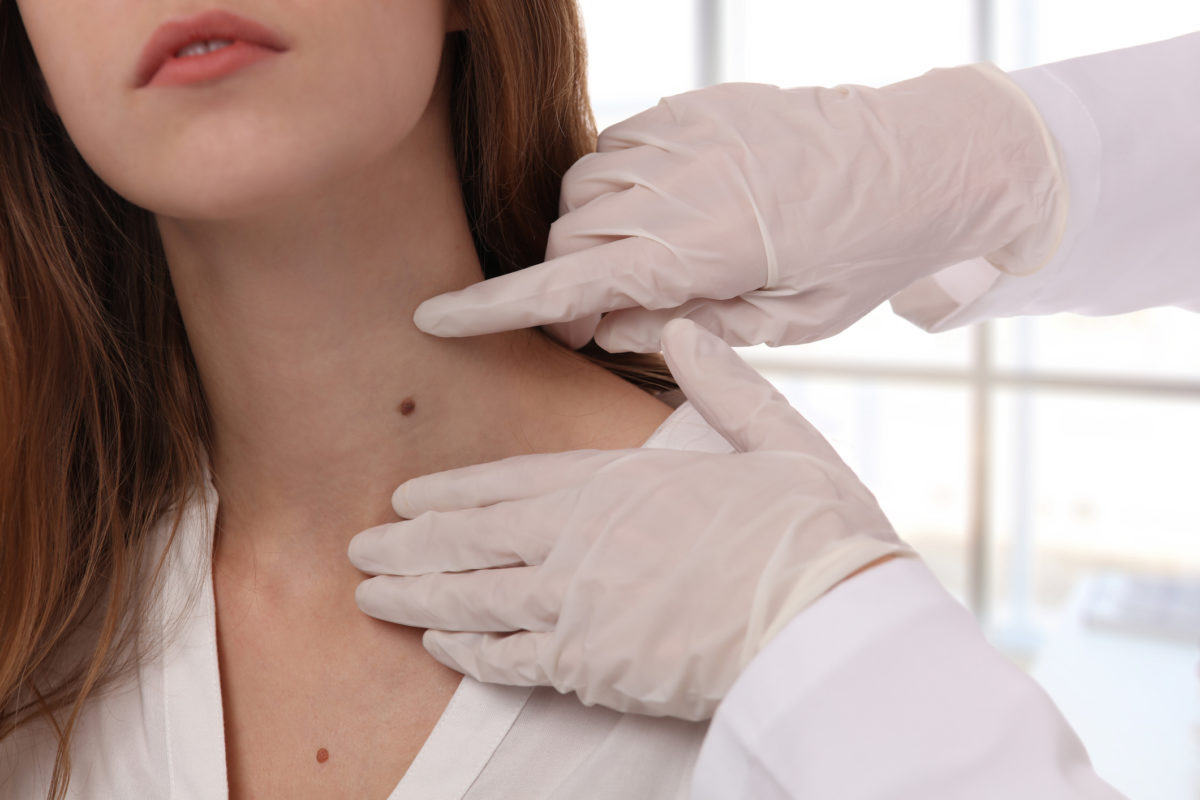Methods of Early Detection

Can Melanoma be detected early?
Early detection means identifying melanoma as early as possible, when the disease is easiest to treat and most survivable.
Since the vast majority of primary melanomas are visible on the skin, there is a good chance of detecting the disease in its early stages—if you know what to look for. The first sign of melanoma is often a change in the size, shape, or color of an existing mole, or the appearance of a new mole. It’s important to note that melanoma can appear suddenly.
Tips for Early Detection
- Most melanomas that appear on the skin can be seen with the naked eye. The best way to find melanoma is to examine your skin.
- See a physician for a comprehensive skin exam before you begin self-exams so that a baseline of “normal” can be established. From that point on, you can watch for changes.
- Give yourself a complete head-to-toe skin examination once a month.
- When you check your skin, note your mole patterns, freckles, and other spots. Take photos, which will help you notice changes over time.
- Since some parts of your body, such as your back and your scalp, are difficult to see, ask your spouse, partner, or friend to help.
- Melanoma can develop anywhere on the skin, but it is important to be aware that it often occurs in different places in men and women:
- In men, melanoma is most often found on the torso, head, and neck.
- In women, melanoma is most often found on the lower legs and torso.

